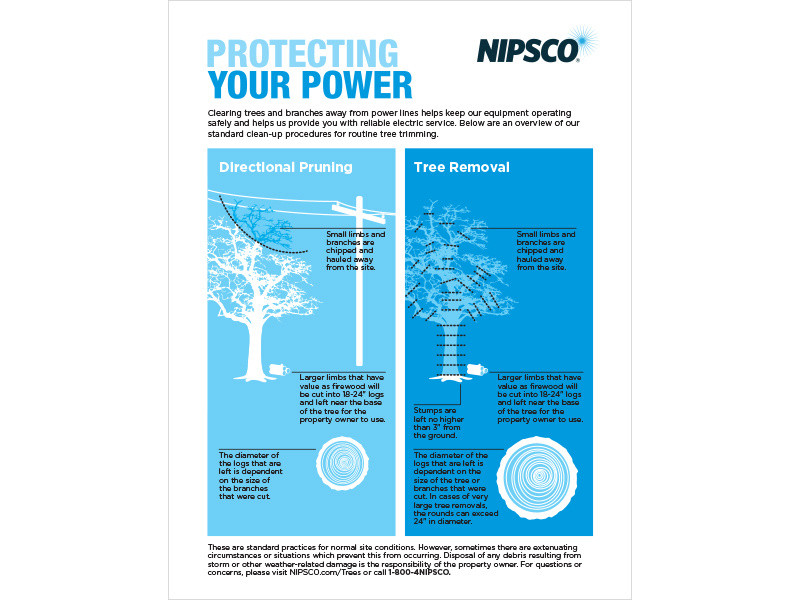Explore Methods To Guarantee A Growing Environment In The Results Of Tree Elimination
Explore Methods To Guarantee A Growing Environment In The Results Of Tree Elimination
Blog Article
Author-
When it comes to seasonal tree treatment, ensuring correct monitoring before and after elimination can dramatically affect the health and visual appeals of your landscape. By understanding the required steps involved in evaluating tree wellness and planning for elimination, you can proactively guard your home. But what concerning the crucial methods to comply with once the tree is gone? Stay tuned to uncover the essential post-removal treatment procedures that will aid you cultivate a flourishing and lasting setting for your trees.
Pre-Removal Tree Care
Before addressing the elimination of a tree, it's critical to focus on pre-removal tree care. Beginning by evaluating the tree's health and wellness and structural stability. Search for indicators of illness, parasite invasions, or any type of structural problems that may posture a security threat during removal. It's essential to speak with a licensed arborist to identify the best strategy.
Trimming dead or unhealthy branches can avoid more damages to the tree and ensure a smoother elimination process.
Furthermore, take into consideration the environmental impact of removing the tree. Trees play a crucial duty in our community, so growing a new tree in an appropriate location can assist balance out any type of loss. Make certain that you have the required authorizations and consents for tree elimination, specifically if the tree is safeguarded by local laws.
Seasonal Upkeep Tips
Assessing your tree's requirements throughout the year is important for its health and long life. To keep your trees in leading problem, comply with these seasonal maintenance pointers.
In spring, concentrate on trimming to get rid of dead or broken branches and encourage new growth.
Summer requires normal watering, especially throughout droughts, to guarantee your tree stays hydrated.
As fall approaches, keep an eye out for early indications of disease or anxiety, and think about applying mulch to secure the origins during winter.
In winter months, beware when getting rid of snow from branches to stop damage, and continue to monitor your tree's total wellness.
Keep in mind to change your treatment routine based upon the particular requirements of your tree types and regional environment. By remaining conscientious and proactive throughout the seasons, you can help your trees prosper and thrive for several years ahead.
Post-Removal Tree Treatment
To guarantee the health of your landscape even after tree removal, correct post-removal treatment is essential. After a tree is removed, it's critical to load the remaining opening with topsoil and portable it to avoid settling. This will certainly help maintain the stability of the ground and prevent prospective dangers in the future.
Consider planting new plants in place of the gotten rid of tree to bring back the balance and visual appeals of your landscape. look at here to promote the development of new plants and prevent soil disintegration.
Evaluate the surrounding trees for any indicators of illness or stress and anxiety that might have been triggered by the removed tree. Keep an eye out for bugs that might've been brought in to the previous tree and take safety nets to protect the staying plants.
If necessary, consult with an expert arborist to evaluate the impact of the elimination on the bordering trees and figure out any kind of added care required. By complying with matinace -removal care actions, you can make certain the ongoing health and wellness and appeal of your landscape.
Conclusion
Finally, positive seasonal tree care is crucial for keeping the wellness and balance of your landscape. By examining tree health and wellness, pruning, and seeking advice from an arborist before elimination, you can make certain a risk-free procedure. After elimination, filling up the hole, planting brand-new plants, and normal watering will promote brand-new growth and avoid erosion. Remember to examine surrounding trees for illness and seek additional treatment procedures from an arborist to keep your landscape growing.
